The goal of the Tornator’s Biodiversity Program is to safeguard and increase the biodiversity of forests by introducing new measures, increasing the amount of active nature management and the protection of valuable areas, continuing with the effective stakeholder cooperation, as well as monitoring the biodiversity effects of the measures.
Measures under the Biodiversity Program not only improve the status of endangered forest species and habitats, but also promote ecosystem services and water protection, game management and mitigation of climate change.
Tornator’s business plan is for 100 years
We manage our forests over generations ensuring the long-term sustainability. To Tornator, securing biodiversity has always been part of our normal, everyday work.
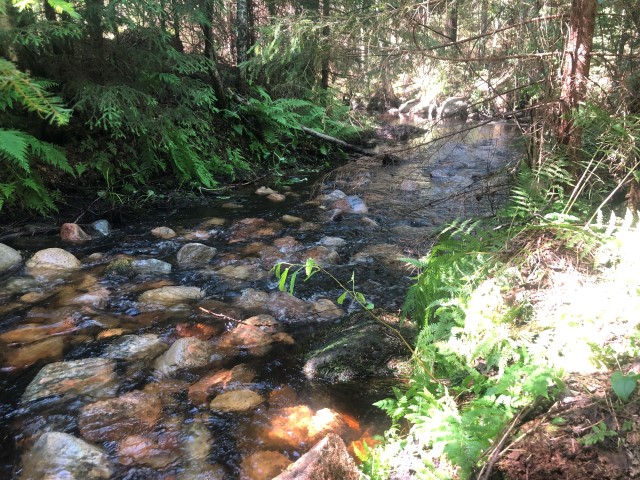
We will protect 5,000 hectares of valuable natural sites
Ensuring the biodiversity of species and habitats requires the nature management of commercial forests as well as the protecting of valuable habitats and habitats home to endangered species.
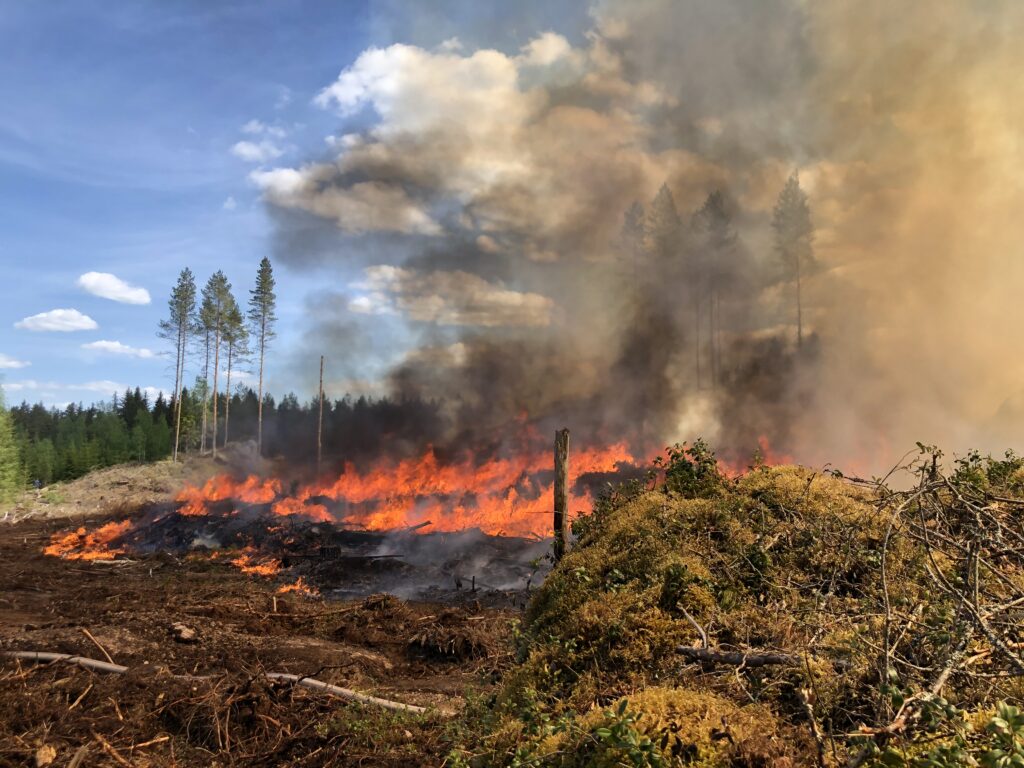
We will take 200 active measures to improve forest and aquatic habitats
Habitat management supports habitats whose natural values have declined, for example because of habitats becoming overgrown or due to human activity. Such habitats may include herb-rich forests, sunlit habitats, burnt areas, areas taken over by invasive species as well as flowing-water and spring restoration sites.
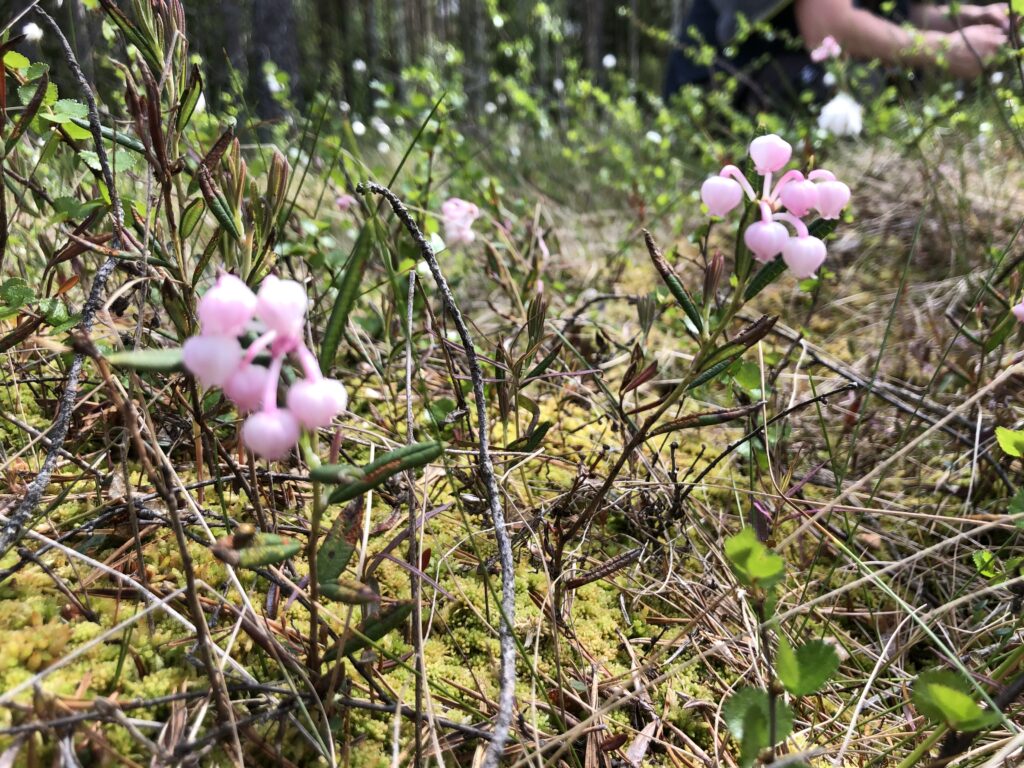
We will restore 3,000 hectares of mire habitats
Mire restoration is important for safeguarding not only biodiversity, but also the ecosystem services the mires provide. In addition to biodiversity benefits, mires sequester and store carbon, balance out the impact of flooding, filter and purify water, and provide berries and game.
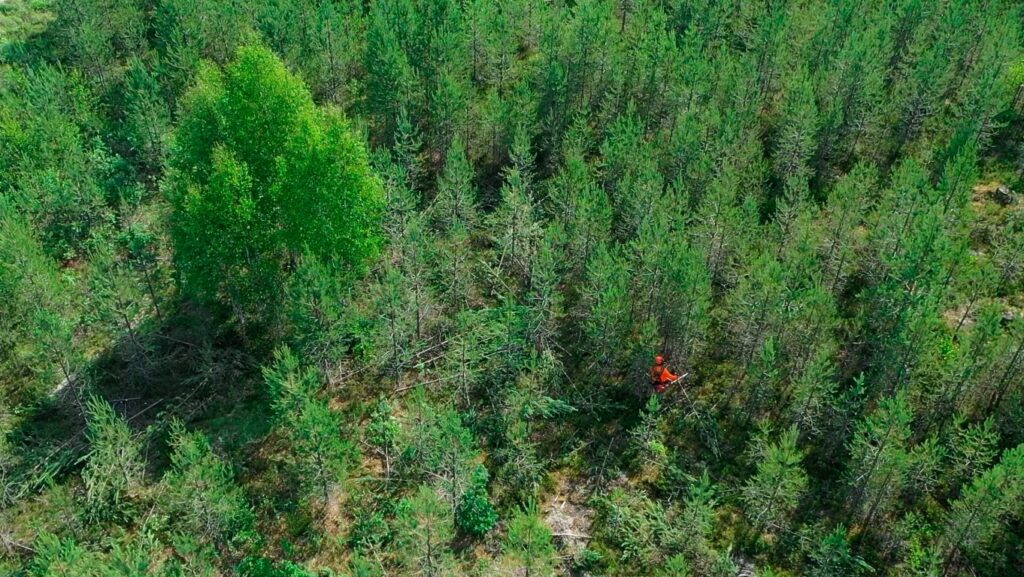
Protective thickets at all stages of forest management
Protective thickets are small-scale groups of brush and trees of varying sizes, left untouched in forest management. They add structural diversity to the forest and provide shelter, food and nesting sites for forest species.
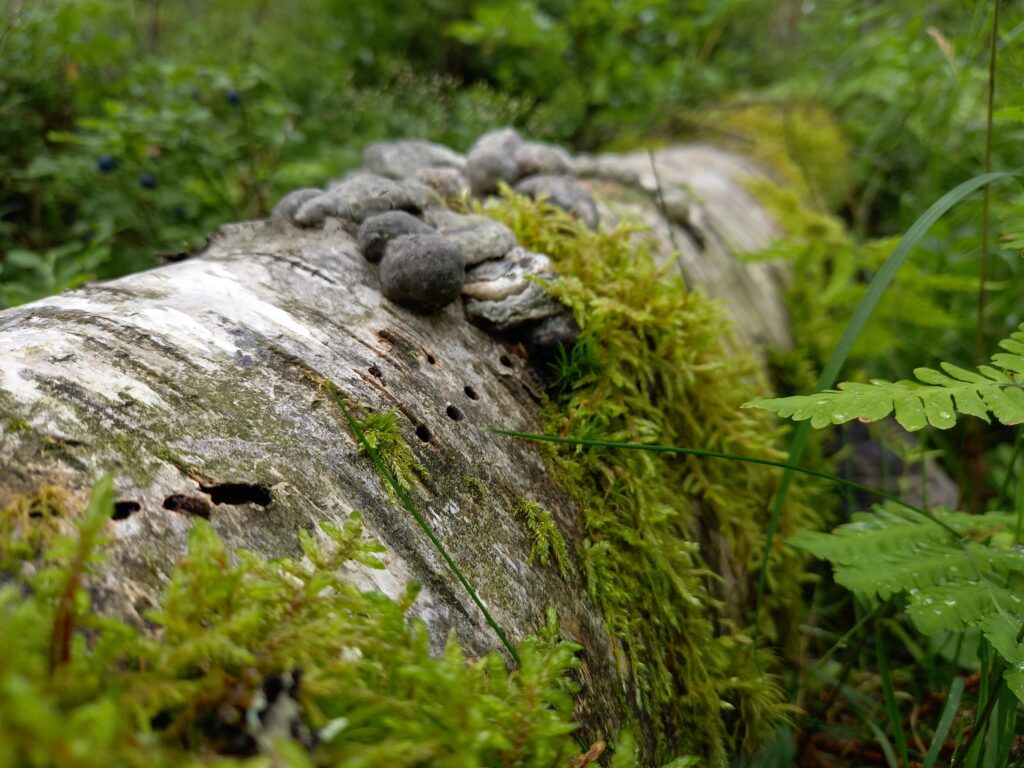
We ensure the continuity of deadwood in our forests
Deadwood is the most significant resource that increases the biodiversity of forests, as deadwood is the precondition of life for one quarter of all our forest species. In addition to the volume of deadwood, the quality and continuous availability of deadwood are key factors for the species dependent on deadwood.
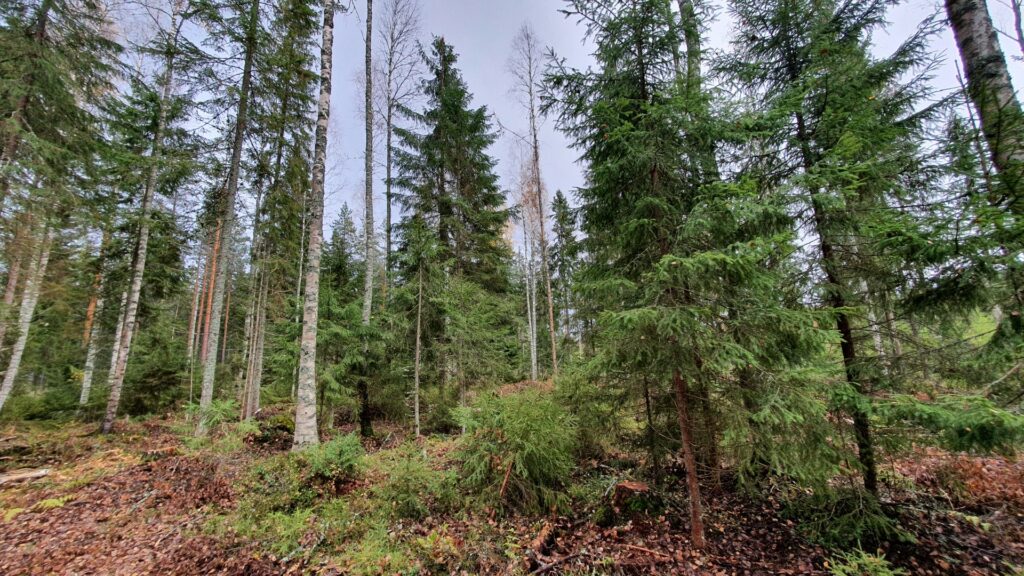
Continuous cover forestry and rotary tiller soil preparation on peatlands
Continuous cover forestry means forest management without traditional regeneration fellings.
Choosing a light soil preparation method significantly reduces the destruction of deadwood and the risk of strain on water courses as well as has a lower impact on ground vegetation.
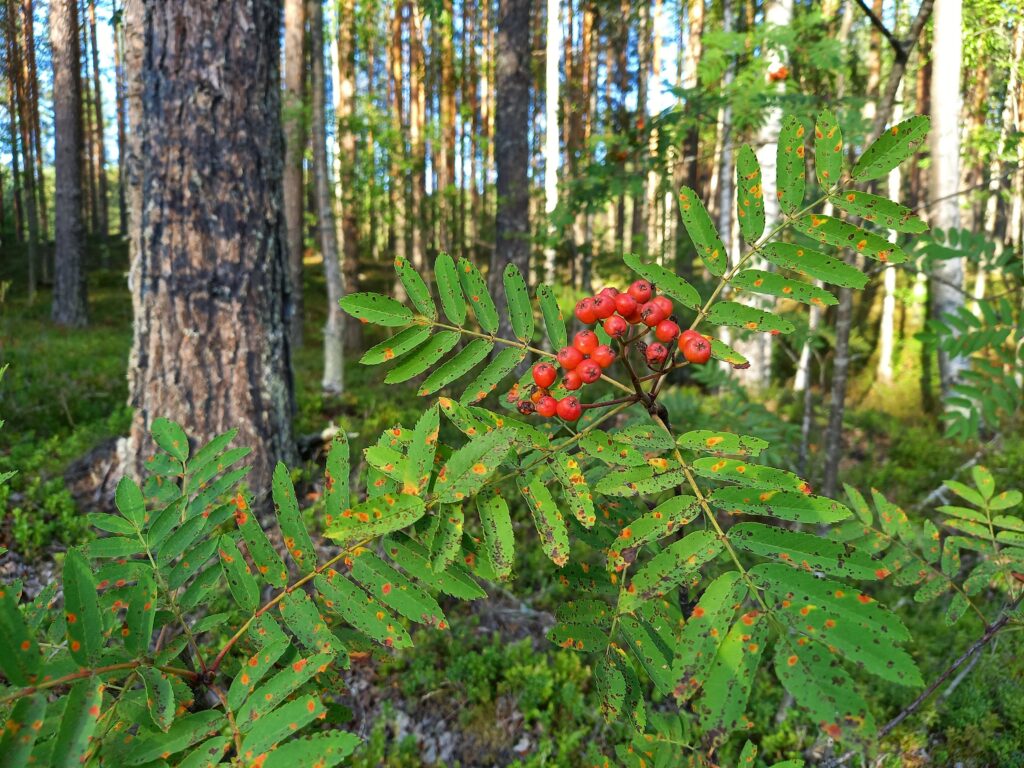
Forest management guidelines to increase the amount of mixed stands
Increasing the number of tree species increases the biodiversity of forests by increasing the number of species and individuals in forests. Broadleaved trees in particular increase the diversity of species of fungi, polypores, moss and lichens.
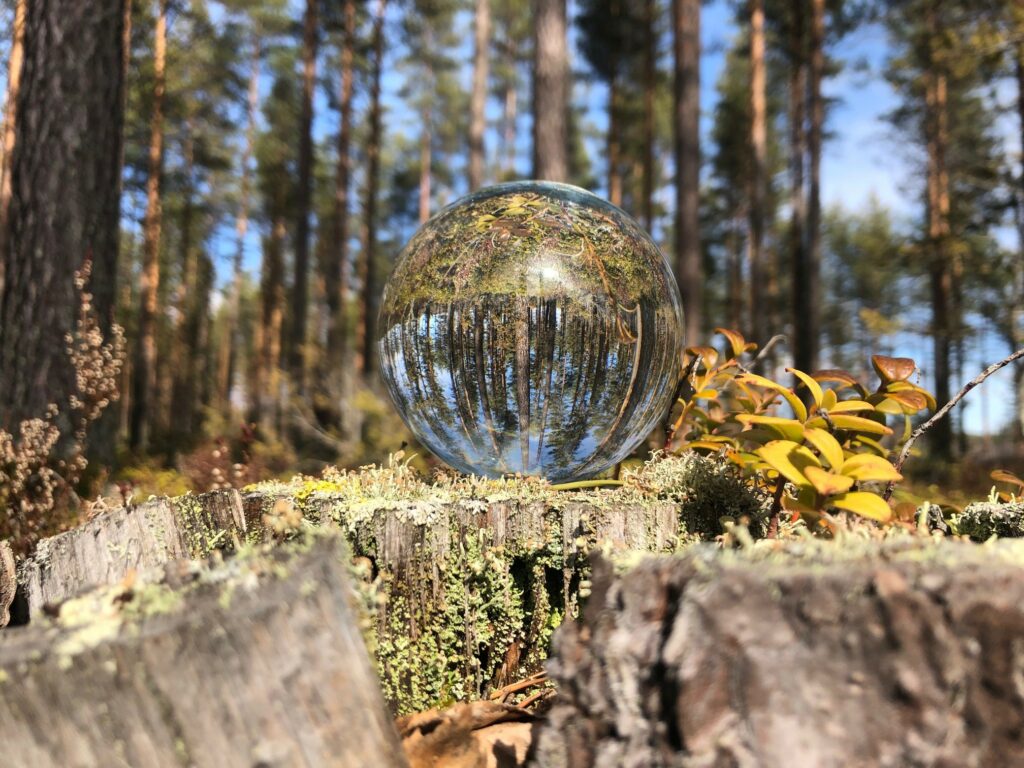
Monitoring the effects of the Biodiversity Program
The changes in habitats and species occur slowly so the program was chosen to last a decade. The development of biodiversity and the impact of actions are monitored through indirect indicators such as the development of structural features of forests indicating biodiversity, protection, as well as the implementation of other active biodiversity measures.